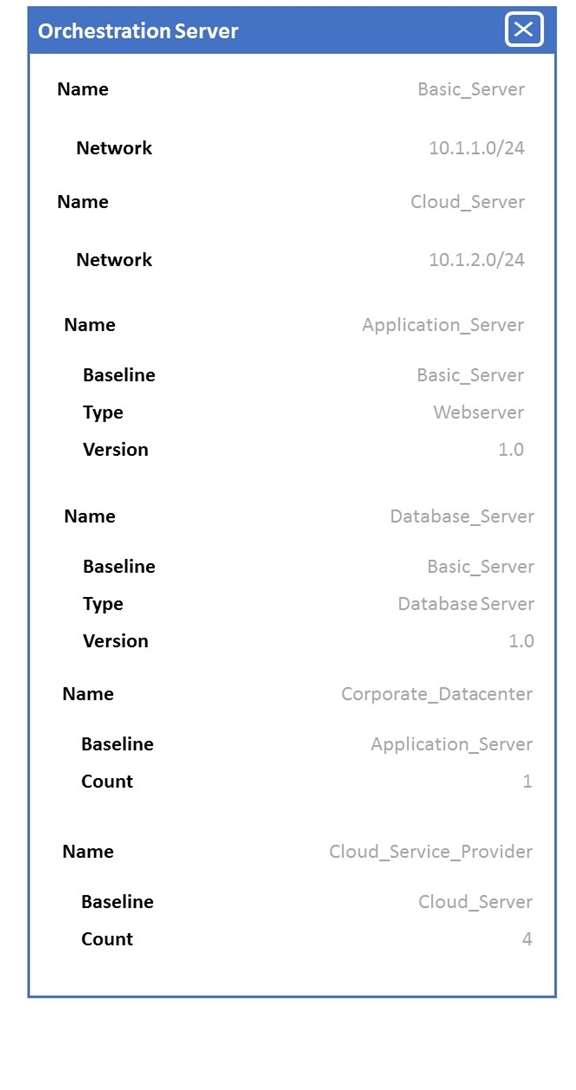A company has decided to scale its e-commerce application from its corporate datacenter to a commercial cloud provider to meet an anticipated increase in demand during an upcoming holiday.
The majority of the application load takes place on the application server under normal conditions. For this reason, the company decides to deploy additional application servers into a commercial cloud provider using the on-premises orchestration engine that installs and configures common software and network configurations.
The remote computing environment is connected to the on-premises datacenter via a site-to-site IPSec tunnel.
The external DNS provider has been configured to use weighted round-robin routing to load balance connections from the Internet.
During testing, the company discovers that only 20% of connections completed successfully.
Instructions
Review the network architecture and supporting documents and fulfill these requirements:
Part 1:
– Analyze the configuration of the following components: DNS, Firewall 1, Firewall 2, Router 1, Router 2, VPN and Orchestrator Server.
-Identify the problematic device(s).
Part 2:
– Identify the correct options to provide adequate configuration for hybrid cloud architecture.
Part 1








Part 2
Only select a maximum of TWO options from the multiple choice question. (Choose two.)
A. Update the PSK (Pre-shared key) in Router 2.
B. Update the A record on the DNS from 2.2.2.2 to 1.1.1.1.
C. Promote deny All to allow All in Firewall 1 and Firewall 2.
D. Change the Address Space on Router 2.
E. Change internal IP Address of Router 1.
F. Reverse the Weight property in the two CNAME records on the DNS.
G. Add the Application Server at on-premises to the Load Balancer.
The majority of the application load takes place on the application server under normal conditions. For this reason, the company decides to deploy additional application servers into a commercial cloud provider using the on-premises orchestration engine that installs and configures common software and network configurations.
The remote computing environment is connected to the on-premises datacenter via a site-to-site IPSec tunnel.
The external DNS provider has been configured to use weighted round-robin routing to load balance connections from the Internet.
During testing, the company discovers that only 20% of connections completed successfully.
Instructions
Review the network architecture and supporting documents and fulfill these requirements:
Part 1:
– Analyze the configuration of the following components: DNS, Firewall 1, Firewall 2, Router 1, Router 2, VPN and Orchestrator Server.
-Identify the problematic device(s).
Part 2:
– Identify the correct options to provide adequate configuration for hybrid cloud architecture.
Part 1








Part 2
Only select a maximum of TWO options from the multiple choice question. (Choose two.)
A. Update the PSK (Pre-shared key) in Router 2.
B. Update the A record on the DNS from 2.2.2.2 to 1.1.1.1.
C. Promote deny All to allow All in Firewall 1 and Firewall 2.
D. Change the Address Space on Router 2.
E. Change internal IP Address of Router 1.
F. Reverse the Weight property in the two CNAME records on the DNS.
G. Add the Application Server at on-premises to the Load Balancer.